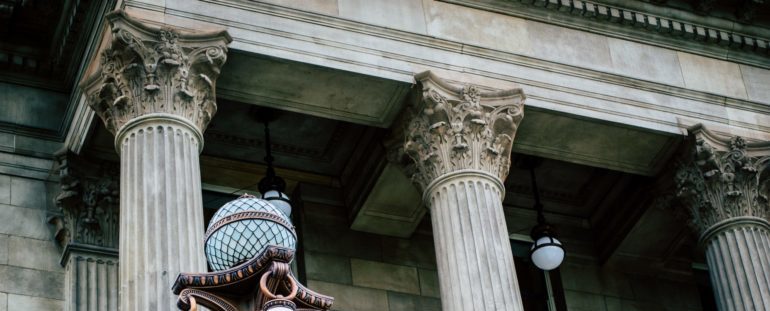
By Renée Stackhouse
Jerry Brown appointed 644 judges during his eight years in office (2010-2018) as Governor of California, 200 of which were appointed in 2018. Over half were women and 41% identified as “non-white.”1 Women now account for 35% of the state bench, compared to 26% in 2006.2 A dedication to a diverse bench is not new for Governor Brown who, when serving as Governor from 1975 to 1983, named the first woman chief justice of the California Supreme Court (Rose Bird), the first Latino Associate Justice (Cruz Reynoso), and its first two African American Associate Justices (Wiley Manuel and Allen Broussard). He also appointed the nation’s first openly gay and lesbian judges.
In March 2019, Governor Gavin Newsom opened the application process for judicial vacancies on the California trial and appellate courts. Governor Newsom went on to create regional Judicial Selection Advisory Committees, the composition of which he made public, to provide preliminary, non-partisan feedback on candidates and help promote a diverse and inclusive nomination process. One of those committees is right here in San Diego.
Governor Newsom is quoted as saying, “It’s essential that California’s judiciary reflects the people it serves. That’s why our guiding principle is nothing short of full inclusion and access to justice. And our goal is to create a bench as diverse and rich in experience as the people of California.”3
Per the 2019 Judicial Officer Demographic Data,4 51 out of 135 (38.1%) trial court judges are women. Six identify as Asian (4.5%), nine as African American (6.7%), 13 as Latino (9.7%), 94 as white (70.1%), two as other (1.5%), one as “more than one” race (.7%), and nine chose not to self-identify (6.7%). Notably missing is the presence of any Pacific Islanders and Native Americans.
Interestingly, San Diego’s bench make-up has not changed much as a result of appointments over the last few years.5 It has, however, changed over the last decade. Since 2007 the number of women judges has increased 8.2%, Asian representation has increased, African American representation increased 2.4%, and Latinos increased 4.2%.
The San Diego bench also currently has four (self-identified) gay and two lesbian members (up from two and zero, respectively in 2011 when first tracked); five veterans (unchanged); and one disabled judge (up from zero in 2014 when first tracked).
The way to effectuate continued change is to become familiar with the requirements and start the process of seeking appointment. For those who might not be there yet, it is time to start thinking about what your future may hold and how best to position for success in seeking appointment later. Many of our local legal-related organizations provide “how to” MCLE on the process and some provide evaluations or letters of support. Educate yourself, prepare and remember that, somewhere out there, there is a young one who will see you in that black robe and know that he or she, too, can succeed in our profession.
Renée Stackhouse is an owner and founder of Stackhouse APC.